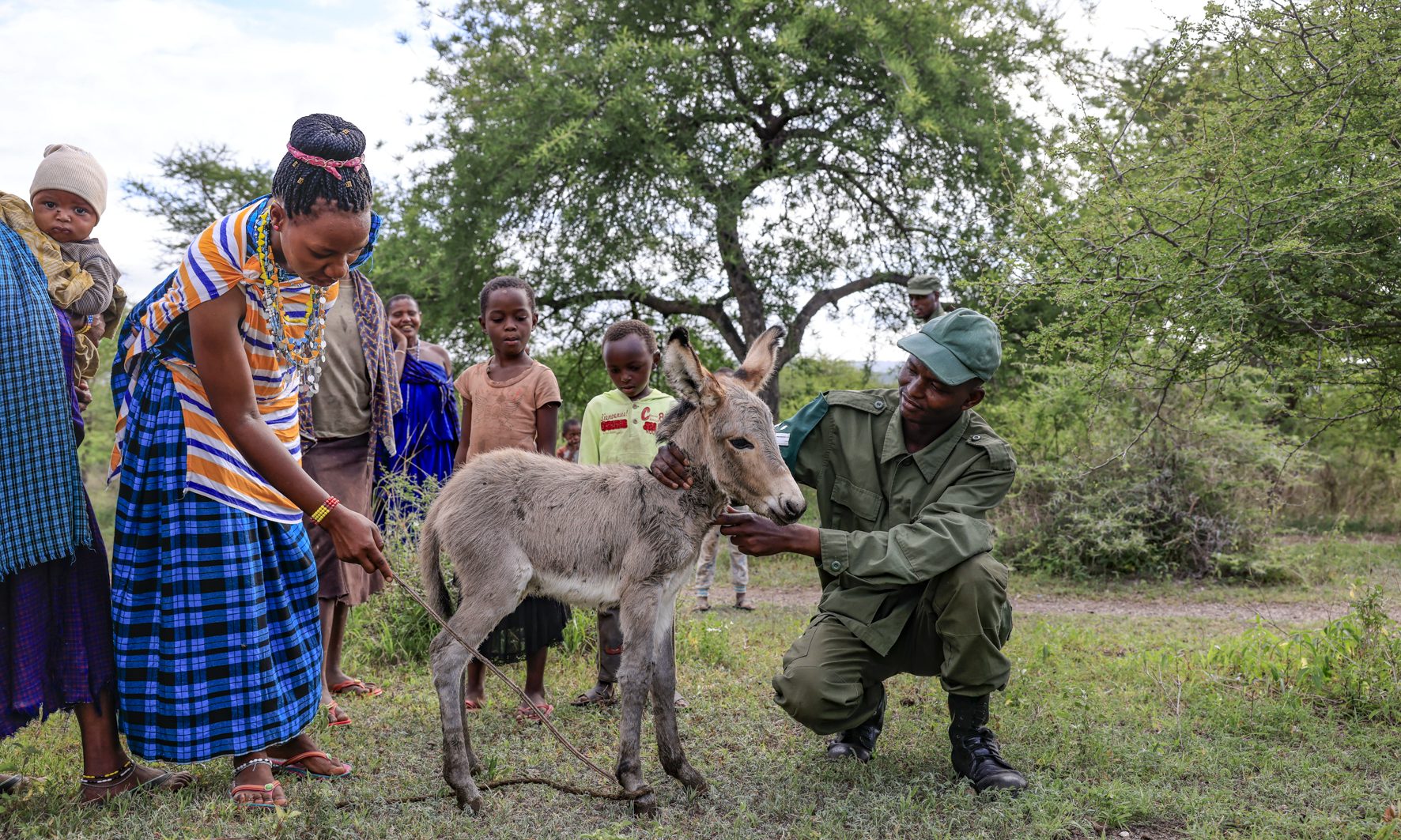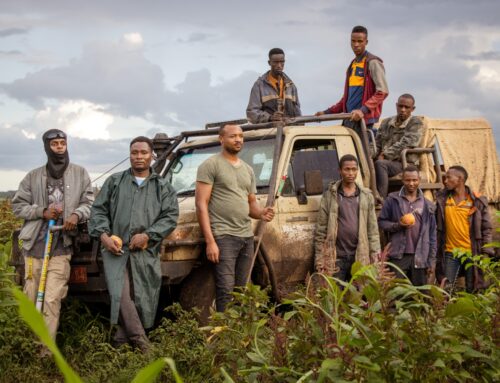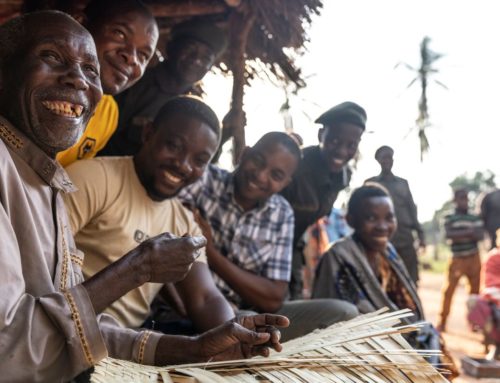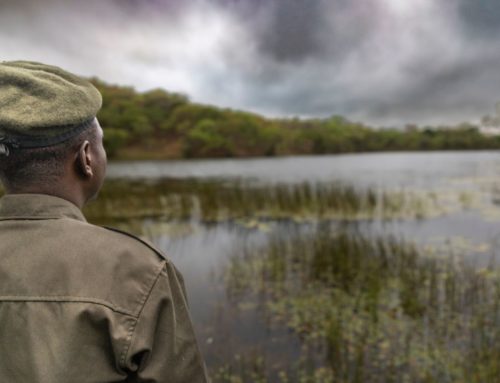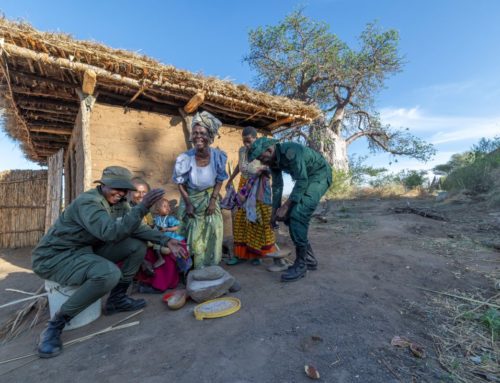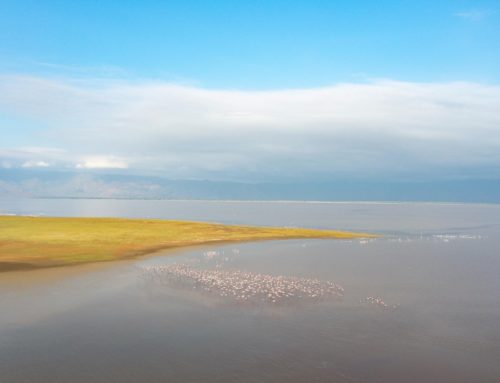Protection costs consume around 60% of the total operating budgets for many African conservation areas, be it national parks or the smaller community conservation areas. Most National Parks in Africa (such as the Serengeti) annually spend between 500-800 USD per square km for protection, we can see some of the more financially challenged protected areas managed between 280-350 USD, and yet without sacrificing the quality of their work, Makame Wildlife Management Areas has reduced this cost to 23 USD per square km per year. On top of this, they have decreased poaching by 94% in the past 3 years. How have they done this? The key to their success is their community. This is the very notion of community-led conservation; why spend valuable money on an activity that does not provide a return on investment or a benefit to the community?
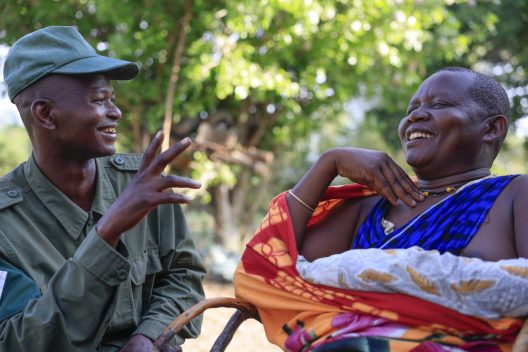 Makame Wildlife Management Area is solid proof that protection can cost less and still be effective. When communities feel that they benefit from the Wildlife Management Area (through services such as crop protection or the provision of a dry season grazing bank and local development projects), they work hard to make its vision successful. When the rangers are distributing the crop protection toolkits and helping the farmers protect their crops, the farmers trust these rangers, they have formed positive relationships with local rangers, and in return offer information on any illegal activity, discouraging poachers from entering these areas. Makame Wildlife Management Area has around 9,000 community members, and if we approximate that 10% of them are pastoralists roaming the rangelands with their livestock, think of that as 900 herders who are patrolling the land, keeping an eye on these areas for no extra cost. Most ranger units ( of 10 people and 1 vehicle) cost 50,000 USD per year at minimum to feed, pay salaries, train, equip, and yet in Makame the same job is accomplished through herders who have experienced the benefits of this system and believe in its potential.
Makame Wildlife Management Area is solid proof that protection can cost less and still be effective. When communities feel that they benefit from the Wildlife Management Area (through services such as crop protection or the provision of a dry season grazing bank and local development projects), they work hard to make its vision successful. When the rangers are distributing the crop protection toolkits and helping the farmers protect their crops, the farmers trust these rangers, they have formed positive relationships with local rangers, and in return offer information on any illegal activity, discouraging poachers from entering these areas. Makame Wildlife Management Area has around 9,000 community members, and if we approximate that 10% of them are pastoralists roaming the rangelands with their livestock, think of that as 900 herders who are patrolling the land, keeping an eye on these areas for no extra cost. Most ranger units ( of 10 people and 1 vehicle) cost 50,000 USD per year at minimum to feed, pay salaries, train, equip, and yet in Makame the same job is accomplished through herders who have experienced the benefits of this system and believe in its potential.
This shift in responsibility frees up protection funding, which can be transferred to support strategies that further capture the hearts and minds of the community. When Wildlife Management Areas provide tangible benefits for their community, the community has a personal motivation to protect the Wildlife Management Areas and will collaborate with governing organs and management teams to achieve sustainability and long-term protection goals. Poaching, logging, land encroachment, and more all threaten the success of the Wildlife Management Area, which by extension threatens the livelihoods, safety, and security of the surrounding communities. Involving local people in the protection of their own land and resources results in hugely successful, cost-efficient methods which increase the sustainability of the Wildlife Management Areas as a whole.
This is what we believe in, and it is through models like this, that we see the future of wildlife and people in Africa are interdependent.

